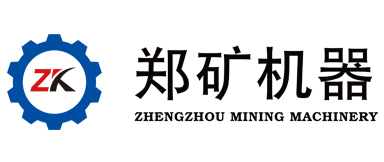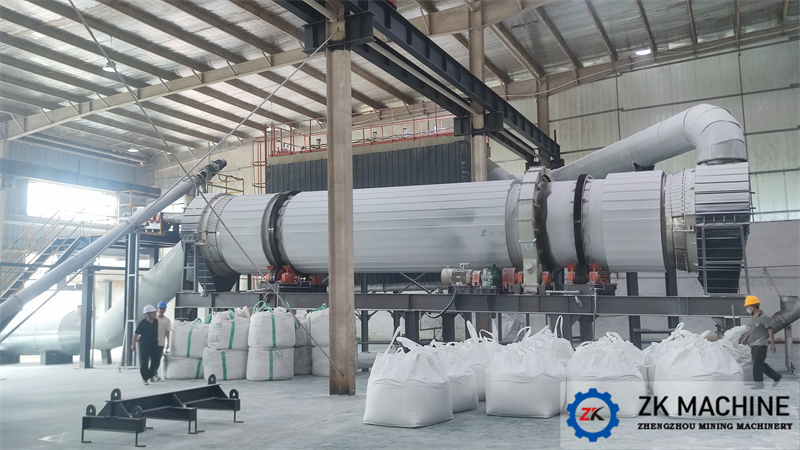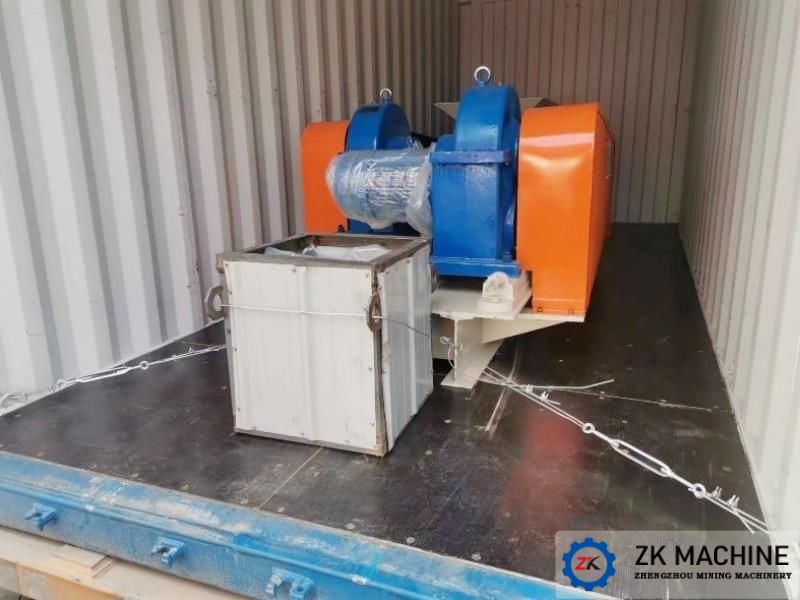Problems during Using Cement Mill
1. The throughput of the cement mill is relatively high, so the conveying equipment must be good, otherwise the operation of the roller press cannot be guaranteed, resulting in "not enough feed, no discharging", and the cement mill cannot run continuously.
2. In the grinding system, in order to ensure the normal operation of the equipment, an iron remover must be installed in the feed conveying system to ensure that the iron in the raw material is removed before entering the cement mill, and a metal detector must be installed to prevent the iron remover malfunctions or no work, causing the iron to enter the weighing bin.
3. In order to ensure the normal operation of the cement mill, the cement mill feeding must have a certain material pressure. In the process layout, there should be no less than two meters above the roller press inlet, and the feed chute should be set at a vertical angle to ensure uniform feeding. At the same time, this also leaves enough space for cement mill maintenance.
4. Cement mill should be equipped with maintenance beams. Sufficient space for inspection and repairing should be reserved. Due to the high abrasiveness of the clinker during the use of the cement mill, the roller surface and side baffles are worn out very quickly. Especially that the roller surface needs frequent repairing welding. Due to the heavy weight of each part of the equipment, frequent maintenance, and the labor intensity of workers, maintenance equipment must be equipped.
5. Appropriate raw material size. An important prerequisite for the stable operation of cement mills is to strictly control the feed size. For a cement mill with a certain roller diameter, the size of the processed particles, the ratio of large particles, and the distribution range of the main particles are required. Due to the existence of large pieces of material, the horizontal movement of the movable roller is increased, and the roll gap changes greatly in an instant. It is possible to produce partial no-load on the surface of the roller other than the large pieces of material, causing smaller materials in this area to directly pass pressure zone, and make the backlog of material performance uneven, affecting the output of the entire system.




